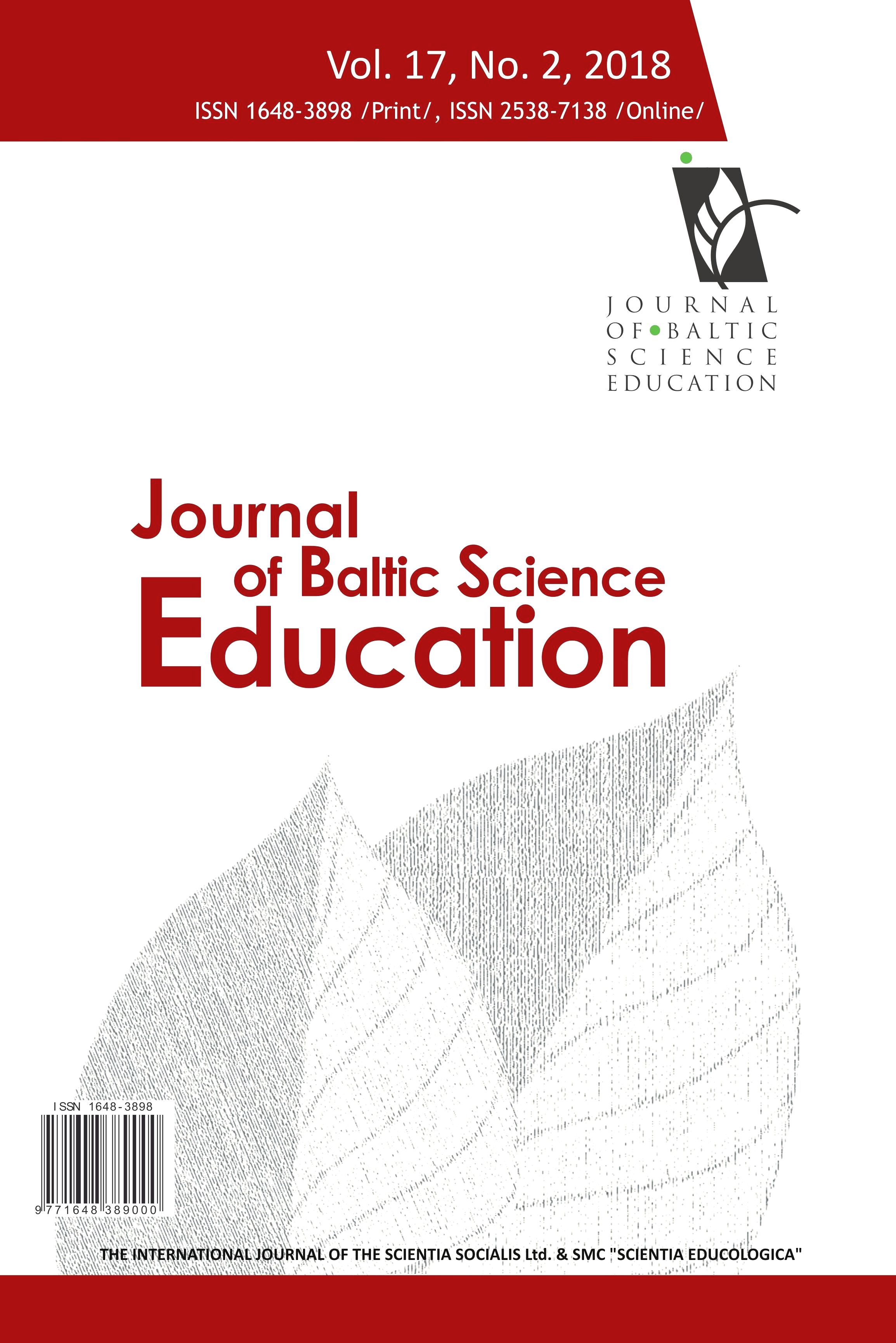TEACHING PHYSICS WITH SIMULATIONS: TEACHER-CENTERED VERSUS STUDENT-CENTERED APPROACHES
TEACHING PHYSICS WITH SIMULATIONS: TEACHER-CENTERED VERSUS STUDENT-CENTERED APPROACHES
Author(s): Dževdeta Dervić, Džana Salibašić Glamočić, Azra Gazibegović-Busuladžić, Vanes MešićSubject(s): Education, School education, Pedagogy
Published by: Scientia Socialis, UAB
Keywords: cognitive load theory; teaching materials; teaching strategies; kinematics simulations;
Summary/Abstract: Teaching and learning with simulations is widely used in today's classrooms. Therefore, it is important to examine the factors that potentially influence the effectiveness of simulation-based teaching environments. The aim of this research was to compare the effectiveness of teacher-centered and student-centered Physlet-based classes about one-dimensional kinematics at the level of upper-secondary school. The student sample consisted of 43 students (mostly 15-year-olds). Within the teacher-centered approach the teacher ran and controlled the simulations, and students watched the simulations on the projection screen. In the student-centered approach the students had the opportunity to work through the simulations on their computers. At the post-test, students from the teacher-centered approach outperformed their peers when it comes to conceptual understanding of kinematics, but students from the students-centered approach were more successful in solving quantitative problems. The results of this research support the idea that a progression from teacher-centered to student-centered approach may be optimal for learning novel concepts.
Journal: Journal of Baltic Science Education
- Issue Year: 17/2018
- Issue No: 2
- Page Range: 288-299
- Page Count: 12
- Language: English

